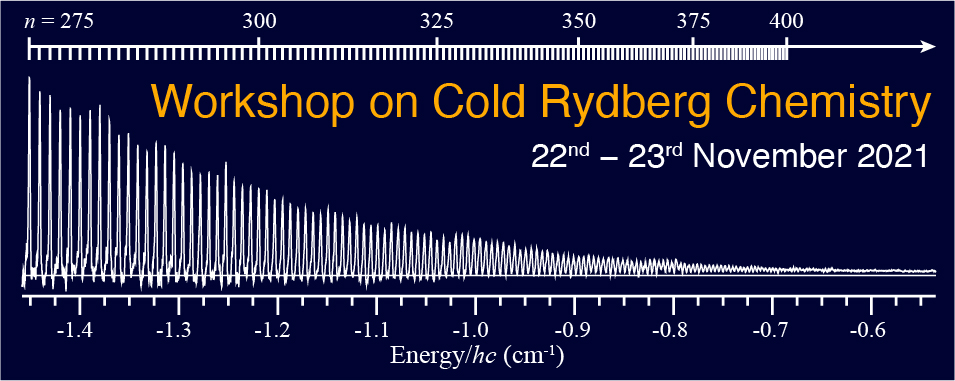Speaker
Description
High orbital angular momentum ( $\ell \geq 3$ ), core-nonpenetrating Rydberg states can be well described by a simplified model in which the Rydberg electron is only weakly perturbed by the long-range electric properties (i.e., multipole moments and polarizabilities) of the ion-core. We have used a long-range model to describe the vibrational autoionization dynamics of high-$\ell$ Rydberg states of nitric oxide (NO). Our model explains the extensive angular momentum exchange between the ion-core and Rydberg electron that had been previously observed in vibrational autoionization of $f$ ($\ell=3$) Rydberg states. These results shed light on a long-standing mechanistic question around these previous observations, and support a direct, vibrational mechanism of autoionization over an indirect, predissociation-mediated mechanism. In addition, our model correctly predicts newly measured total decay rates of $g$ ($\ell=4$) Rydberg states because, for $\ell\geq4$, the non-radiative decay is dominated by autoionization rather than predissociation. We examine the predicted NO$^+$ ion rotational state distributions generated by vibrational autoionization of $g$ states and find qualitatively different behavior for these higher $\ell$ states. Finally, we discuss generalizations of our model to other molecular systems and applications to achieve quantum state selection in the production of molecular ions.

